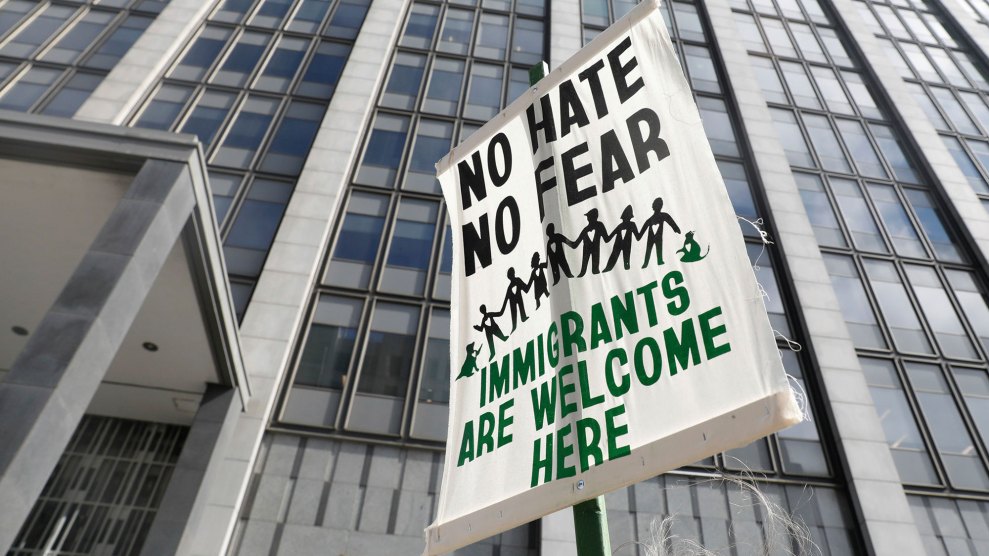In a concerning development for immigrant rights advocates, federal immigration officers have reportedly transferred individuals arrested in San Francisco thousands of miles away to detention facilities in Hawaii. This revelation highlights the growing complexities and geographical challenges faced by those caught in the nation’s evolving immigration enforcement landscape, raising significant questions about legal access and due process for detainees.
Last Thursday, two individuals were apprehended by Immigration and Customs Enforcement (ICE) immediately after exiting routine court hearings at the immigration court on Sansome Street in San Francisco. Their arrests were swift, occurring right as they concluded their legal proceedings, underscoring the aggressive tactics employed by federal agents in these situations. This immediate apprehension outside a court setting has become a point of contention among legal observers.
Following their arrests, these detainees were not held in local facilities but were instead flown a staggering 2,400 miles to Hawaii. Currently, they are being held in the Federal Detention Center Honolulu, a federal prison. This unusual transfer route is necessitated by the absence of dedicated ICE detention centers within the Hawaiian islands, compelling the federal government to utilize existing prison infrastructure for immigrant detainees.
The logistical challenges posed by this relocation are substantial. In February, ICE formalized an agreement with the Federal Bureau of Prisons, an arm of the Justice Department, to secure space for its detainees within federal prisons. Reports indicate that transfers of out-of-state residents to Hawaii under this arrangement commenced as early as June, signaling a broader pattern of interstate detention transfers.
Immigration lawyers in Hawaii have voiced profound concerns regarding the ability of these transferred individuals to receive effective legal counsel. The vast geographical distance makes it exceedingly difficult, if not impossible, for detainees to maintain consistent communication with their original attorneys or to secure adequate representation in a new jurisdiction. This poses a significant barrier to justice and undermines the fundamental right to legal counsel.
One particularly troubling case involved a man arrested immediately after an immigration court judge noted his apparent mental impairment. Despite the judge’s observation that “It’s obvious to me that there are competency issues,” ICE proceeded with the arrest moments later. This incident raises serious ethical and humanitarian questions about the treatment of vulnerable individuals within the immigration system.
The Bay Area, much like Hawaii, lacks dedicated ICE detention centers. Historically, individuals arrested in the San Francisco Bay Area have typically been transferred to facilities in California’s Central Valley or other states like Arizona. However, recent trends indicate a shift, with some detainees now being flown as far as Mississippi and Alabama, further complicating efforts by families and legal teams to provide support.
These long-distance detainee transfers represent a significant hurdle for immigrant rights, complicating legal representation and family visitation. The practice highlights a system grappling with capacity issues and a broad mandate for enforcement, often at the expense of accessibility to legal aid and the well-being of individuals caught in its intricate web. This evolving policy demands scrutiny regarding its fairness and long-term implications for justice.
The ongoing reliance on federal prisons for immigrant detention and the practice of transferring detainees across vast distances continue to fuel debate among legal experts and human rights organizations. As immigration enforcement policies adapt, the welfare and legal rights of those detained, especially vulnerable asylum seekers, remain a critical focus for advocates nationwide, pushing for transparency and equitable treatment.






Leave a Reply